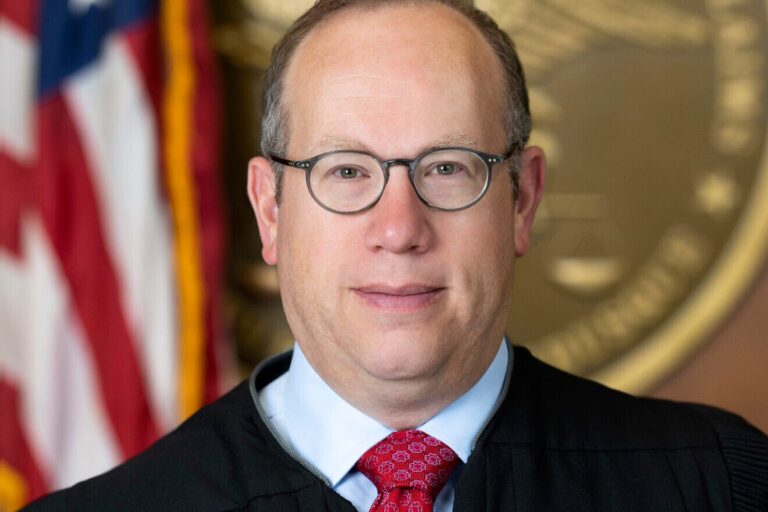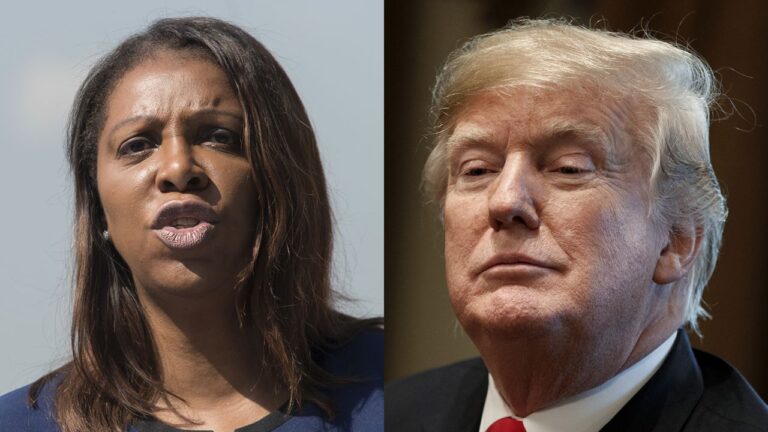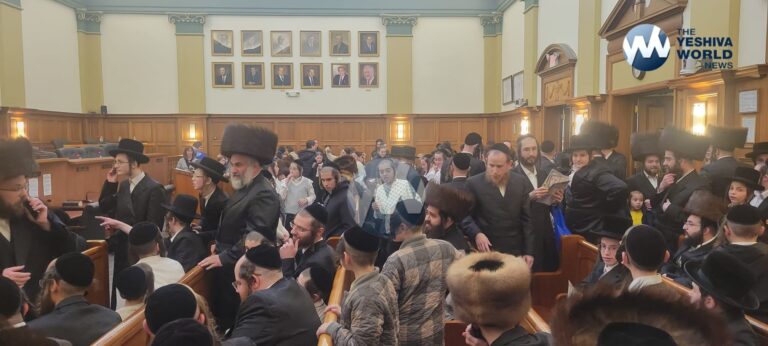The Mughrabi Bridge, a wooden bridge connecting the Kosel plaza with the Mughrabi Gate of Har Habayis, is in imminent danger of collapse, but fear of the Jordanian and the Palestinian response has stalled any action on the matter.
Days after the Meron disaster last May, a municipal engineer hired by the Western Wall Heritage Foundation inspected the Mughrabi Bridge. Citing its poor condition, he urged its immediate replacement and authorized its use only until September.
Deputy Mayor of Jerusalem Fleur Hassan Nahoum sent a letter to Bennet earlier this month warning of the bridges’ precarious state and noting that the experts’ warnings for the past 17 years have been ignored.
Nahoum emphasized that the bridge is above the women’s section at the Kosel and “despite the danger, despite the warnings, nothing has been done so far and thousands of worshipers could be injured as a result of the collapse of the bridge.”
Last week, Likud MK Miri Regev submitted a proposal to the Knesset stating that the writing is on the wall for the Mughrabi Bridge and construction work must begin immediately. “In light of the tragic disasters at Mount Meron and Givat Ze’ev, we must not wait another moment to dismantle that bridge,” she wrote. “The blood will be on the hands of everyone who remained silent.”
With a Supreme Court lawsuit pushing for the structure to be repaired, the government could soon be forced into taking action on a problem that it has long evaded due to its broad diplomatic sensitivities with Jordan, the Palestinians and the broader Muslim world.
The bridge is the only entrance to Har Habayis for Jews and tourists. Foot traffic has grown considerably since its construction in 2004 after an earthen ramp leading to one of the compound’s gates collapsed following an earthquake and heavy snowfall.
Engineers have warned for more than a decade that it is increasingly unsafe. But religious sensitivities and diplomatic deadlock have translated into years of inaction.
Days before the Gaza war erupted, the Western Wall Heritage Foundation, the government-backed organization that manages the Kosel, had an engineer inspect the bridge.
In a letter obtained by The Associated Press, engineer Ofer Cohen said the hastily constructed bridge’s wooden beams were “in a state of extreme dryness” and severely cracked. He approved use of the bridge until no later than September and urged authorities “to act immediately to replace the bridge in order to make safe its use.” His inspection came less than a week after the Meron disaster.
In June, a group of women who daven at the wall petitioned Israel’s Supreme Court to demand answers from the various authorities, saying the bridge’s continued existence was “a violation of the provisions of the law and also creates a real risk to the public.” The court is expected to hold a hearing on the matter this week.
The petitioners’ attorneys have also called on the commission probing the Mount Meron disaster to investigate the “dangerous and dilapidated temporary bridge situated illegally above the women’s section.”
The original permit issued by City Hall approved the temporary bridge for the use of police until the ramp could be repaired. It never was.
A 2006 Prime Minister’s Office memo said “it’s understood that the temporary wooden bridge cannot continue to serve the community for a long time” and called upon the Western Wall Heritage Foundation to finalize plans for a permanent replacement.
But diplomatic pressure by neighboring Jordan, which serves as custodian of the Islamic trust managing the Al-Aqsa Mosque compound, has made it difficult to act.
Day-to-day affairs at the site are governed by a set of understandings referred to as the “status quo,” and any perceived change to these precarious rules has the potential to ignite outrage across the Muslim world.
The Palestinians and Muslims worldwide fear that any shifts — even one meant to protect public safety — could lead to an Israeli takeover or partition of the site.
“For Jordan, it’s connected to the status quo of the Temple Mount. If you breach the status quo, it’s a pandora’s box,” said Yitzhak Reiter, chair of the Israel studies department at Ashkelon Academic College, and an expert on disputed holy sites.
Israel and Jordan reportedly reached an agreement to replace the bridge in 2011, but that deal fell through. At the time, Israel accused Jordan of reneging.
Relations between the two neighbors further soured in the past decade and “since then, nothing has been done because the Jordanians still oppose it,” Reiter said. Israel’s new government has moved to repair ties with Jordan, an important Arab ally, but it is unclear whether they will be able to make progress on the bridge.
In the meantime, Jewish visits to the compound have grown from around 5,800 per year in 2010 to more than 37,000 in 2019, according to police figures cited by the Hebrew newspaper Makor Rishon. Israeli police declined requests to confirm those figures.
On Sunday alone, over 1,500 Jews visited to mark Tisha B’Av.
(YWN Israel Desk – Jerusalem & AP)











